Home>Gardening & Outdoor>Outdoor Structures>How To Attach Shed Roof To Existing Roof
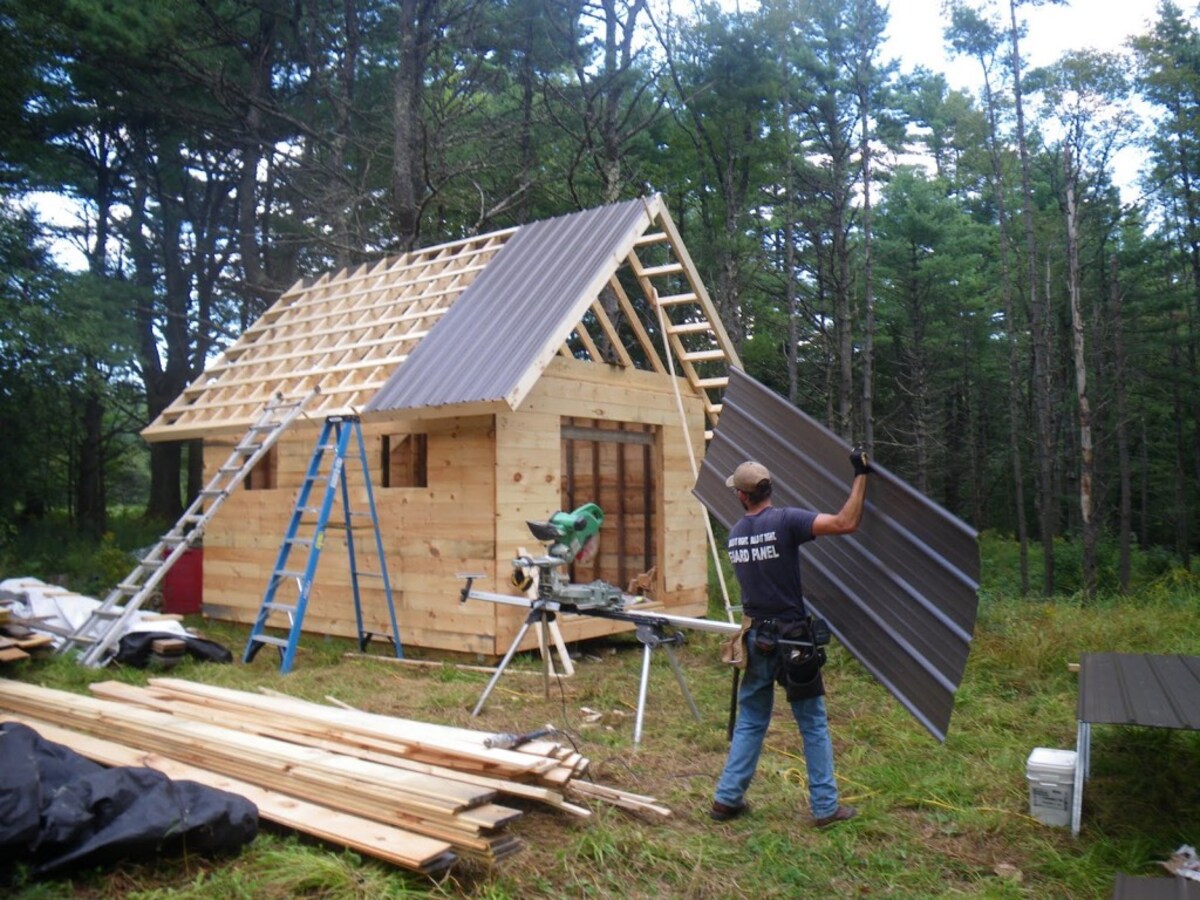

Outdoor Structures
How To Attach Shed Roof To Existing Roof
Published: January 19, 2024
Learn how to properly attach a shed roof to an existing roof for seamless integration and structural stability. Discover expert tips for outdoor structures to ensure a secure and durable connection.
(Many of the links in this article redirect to a specific reviewed product. Your purchase of these products through affiliate links helps to generate commission for Storables.com, at no extra cost. Learn more)
Introduction
When considering adding a shed to your property, attaching its roof to an existing structure can be a practical and space-saving solution. Whether you plan to create a covered storage area, a cozy outdoor sitting space, or an extension of your living area, connecting the shed roof to the existing roof requires careful planning and execution. This article will guide you through the process, from assessing the existing roof to ensuring proper waterproofing and sealing. By the end, you will have a comprehensive understanding of how to seamlessly integrate a shed roof with an existing roof, ensuring a structurally sound and visually appealing addition to your property.
In the following sections, we will delve into the crucial steps involved in attaching a shed roof to an existing roof. This includes assessing the existing roof to determine its suitability for attachment, choosing the right method for attachment, preparing the roof for attachment, executing the attachment process, and finally, ensuring proper waterproofing and sealing to safeguard the integrity of the entire structure.
Embarking on this endeavor requires a blend of practical know-how, attention to detail, and a keen eye for structural integrity. Whether you are a seasoned DIY enthusiast or enlisting the help of professionals, understanding the intricacies of this process is invaluable. So, let's dive into the essential considerations and steps involved in seamlessly attaching a shed roof to an existing structure.
Key Takeaways:
- Before attaching a shed roof to an existing structure, assess the existing roof for damage, load-bearing capacity, and compliance with building codes. This ensures a well-informed and successful attachment process.
- Proper waterproofing and sealing are crucial after attaching the shed roof to prevent water infiltration and ensure the longevity of the combined roofing system. Regular maintenance and professional assessment are essential for long-term durability.
Read more: How To Tie A Shed Roof Into An Existing Roof
Assessing the Existing Roof
Before proceeding with attaching a shed roof to an existing structure, a thorough assessment of the current roof is essential. This evaluation serves to determine the feasibility of the attachment and ensures that the existing roof can adequately support the additional load and structural modifications.
Here are the key aspects to consider when assessing the existing roof:
- Structural Integrity: Begin by examining the structural integrity of the existing roof. Look for signs of damage, such as rot, decay, or compromised framing. It is crucial to address any underlying issues before proceeding with the attachment of the shed roof.
- Roof Pitch and Material: Take note of the pitch or slope of the existing roof, as well as the roofing material used. These factors will influence the attachment method and the compatibility of the shed roof with the existing structure.
- Load-Bearing Capacity: Assess the load-bearing capacity of the current roof to determine if it can support the additional weight of the shed roof. Consult structural engineering guidelines to ensure compliance with weight-bearing requirements.
- Code Compliance: Familiarize yourself with local building codes and regulations pertaining to roof attachments. Compliance with these codes is essential to ensure the safety and structural integrity of the entire roofing system.
Furthermore, consider the overall condition of the existing roof, including its age, maintenance history, and any previous modifications. Engaging a professional roofing inspector or structural engineer can provide valuable insights and recommendations based on a comprehensive assessment.
By thoroughly evaluating the existing roof, you can identify any potential challenges or structural limitations that may impact the attachment of the shed roof. This proactive approach sets the stage for a well-informed decision-making process and ensures that the subsequent steps in the attachment process are executed with precision and consideration for the existing structure.
Choosing the Right Attachment Method
When it comes to attaching a shed roof to an existing structure, selecting the appropriate attachment method is paramount. The chosen method should not only ensure a secure and stable connection but also complement the architectural aesthetics of the combined structure. Here are several common attachment methods to consider:
- Butt and Run: This method involves aligning the shed roof with the existing roof, allowing for a seamless transition. The shed roof is attached directly to the existing roof, creating a visually cohesive and integrated look. Proper flashing and waterproofing are essential to prevent water infiltration at the junction.
- Drop-In Addition: In this approach, the shed roof is designed as a separate structure that “drops in” alongside the existing roof. This method provides a distinct separation between the two roofs, creating a visually striking effect. Careful attention to the junction and structural support is crucial for a successful integration.
- Overlay: The overlay method involves placing the shed roof directly over the existing roof, creating a layered effect. This approach can be visually appealing and may provide additional insulation benefits. However, it requires careful consideration of weight distribution and waterproofing to prevent moisture issues.
- Independent Structure: For situations where a completely separate shed structure is desired, the independent structure method is employed. While not directly attached to the existing roof, this approach offers flexibility in design and placement. It is essential to ensure proper clearance and drainage to prevent water accumulation between the two structures.
When choosing an attachment method, factors such as the architectural style of the existing building, local building codes, and the desired visual impact should be taken into account. Additionally, consulting with a qualified roofing professional or structural engineer can provide valuable insights into the most suitable attachment method based on the specific characteristics of the existing roof and the shed structure.
By carefully considering the available attachment methods and their implications, you can make an informed decision that aligns with both structural requirements and aesthetic objectives. The chosen method will serve as the foundation for the subsequent steps in the attachment process, ensuring a harmonious integration of the shed roof with the existing structure.
Preparing the Roof for Attachment
Before embarking on the process of attaching the shed roof to the existing structure, thorough preparation of the roof is essential to ensure a secure and durable connection. This phase involves several critical steps that lay the groundwork for a successful attachment:
- Clean and Inspect: Begin by thoroughly cleaning the area of the existing roof where the attachment will take place. Remove any debris, dirt, or existing roofing materials to create a clean and level surface. Conduct a detailed inspection of the roof to identify any damage or deterioration that requires repair prior to attachment.
- Address Structural Issues: If the inspection reveals any structural concerns, such as rot, decay, or compromised framing, it is imperative to address these issues before proceeding. Reinforcing the underlying structure ensures the stability and integrity of the attachment point.
- Install Flashing: Proper flashing installation is crucial for preventing water infiltration at the junction of the shed roof and the existing structure. High-quality flashing materials should be securely installed to create a watertight barrier and protect against moisture penetration.
- Consider Roof Underlayment: Depending on the attachment method and roofing materials used, adding an appropriate underlayment layer can provide an additional level of protection against water intrusion and enhance the overall weatherproofing of the combined structure.
- Structural Reinforcement: Depending on the load-bearing requirements and attachment method chosen, structural reinforcement of the existing roof may be necessary. This can involve adding support beams, trusses, or other structural elements to ensure the stability and weight distribution of the attached shed roof.
It is important to approach the preparation phase with meticulous attention to detail, ensuring that the existing roof is primed for the attachment process. By addressing any structural issues, fortifying the attachment point, and implementing effective waterproofing measures, you set the stage for a seamless and durable integration of the shed roof with the existing structure.
Engaging the expertise of a qualified roofing professional or contractor can provide valuable guidance during the preparation phase, ensuring that all necessary measures are taken to facilitate a successful and enduring attachment.
Make sure to properly flash and seal the connection between the shed roof and the existing roof to prevent any water leaks. Use metal connectors and follow local building codes for proper attachment.
Attaching the Shed Roof to the Existing Roof
With the existing roof thoroughly assessed and prepared, the process of attaching the shed roof can commence. This pivotal phase requires precision, careful coordination, and adherence to best practices to ensure a secure and structurally sound connection. Here are the key steps involved in attaching the shed roof to the existing structure:
- Alignment and Positioning: Position the shed roof in alignment with the existing structure, ensuring that it is precisely positioned according to the chosen attachment method. This may involve temporary bracing and support to hold the shed roof in place during the attachment process.
- Secure Attachment Points: Utilize appropriate fastening methods, such as screws, bolts, or specialized roofing connectors, to securely anchor the shed roof to the existing structure. The attachment points should be strategically located and spaced according to structural requirements and engineering guidelines.
- Integration and Sealing: Depending on the attachment method, ensure that the junction between the shed roof and the existing structure is seamlessly integrated and sealed to prevent water infiltration. Proper flashing, sealants, and weatherproofing measures are essential to safeguard the connection against moisture and environmental elements.
- Structural Support: Verify that the structural support elements, such as beams, trusses, or load-bearing components, are effectively integrated to distribute the weight of the shed roof and ensure its stability. This step is critical for long-term structural integrity and performance.
- Quality Assurance: Conduct thorough inspections throughout the attachment process to verify the integrity of the connection and ensure that all components are properly installed. Address any issues or discrepancies promptly to maintain the quality of the attachment.
Throughout the attachment process, meticulous attention to detail and adherence to industry best practices are essential. Precision in positioning, secure fastening, and effective integration of the shed roof with the existing structure are fundamental to achieving a durable and visually cohesive combination.
Engaging the expertise of experienced roofing professionals or contractors can provide valuable support during the attachment phase, ensuring that the process is executed with precision and in accordance with industry standards. By following these steps, you can achieve a seamless and structurally robust attachment of the shed roof to the existing structure, bringing your vision to fruition with confidence and reliability.
Read more: How To Add A Gable Roof To An Existing Roof
Ensuring Proper Waterproofing and Sealing
Once the shed roof is securely attached to the existing structure, ensuring effective waterproofing and sealing measures is paramount to safeguard the integrity of the combined roofing system. Proper waterproofing not only protects against moisture infiltration but also contributes to the longevity and performance of the entire structure. Here are the essential considerations for ensuring thorough waterproofing and sealing:
- Flashing and Sealant Application: Verify that flashing is installed at the junction of the shed roof and the existing structure, providing a watertight barrier to prevent water intrusion. Additionally, apply high-quality sealants to seal any gaps or seams, ensuring comprehensive protection against water penetration.
- Roofing Material Compatibility: If the shed roof utilizes different roofing materials than the existing structure, ensure that the transition and overlap points are effectively sealed and integrated. Compatibility between the roofing materials is crucial for seamless waterproofing.
- Drainage Considerations: Evaluate the drainage system of the combined roofing structure to ensure proper water runoff and prevent water accumulation. Clear pathways for water dispersal, such as gutters and downspouts, are essential for maintaining the integrity of the roofing system.
- Inspection and Maintenance: Regularly inspect the waterproofing elements and conduct routine maintenance to address any signs of wear, damage, or degradation. Promptly addressing issues with flashing, sealants, or roofing materials can mitigate potential water-related issues.
- Professional Assessment: Engage the expertise of roofing professionals to conduct a comprehensive assessment of the waterproofing and sealing measures. Their insights and recommendations can provide valuable guidance for enhancing the long-term durability and weatherproofing of the combined roofing structure.
By prioritizing thorough waterproofing and sealing, you fortify the shed roof and existing structure against the detrimental effects of water infiltration, ensuring a resilient and weather-resistant roofing system. Investing in effective waterproofing measures not only protects the structural integrity but also contributes to the overall comfort and functionality of the combined space.
With meticulous attention to waterproofing details and a proactive approach to maintenance, you can enjoy the benefits of a well-protected and enduring roofing solution that seamlessly integrates the shed roof with the existing structure.
Conclusion
Attaching a shed roof to an existing structure presents a rewarding opportunity to expand your living space, enhance storage capabilities, or create a unique outdoor retreat. Throughout this comprehensive guide, we have explored the essential steps involved in seamlessly integrating a shed roof with an existing roof, from assessing the existing structure to ensuring proper waterproofing and sealing.
By meticulously assessing the existing roof for structural integrity, load-bearing capacity, and code compliance, you lay the foundation for a well-informed and successful attachment process. Choosing the right attachment method, whether it be a seamless integration, a distinct drop-in addition, an overlay, or an independent structure, allows you to align the aesthetic and functional objectives with the architectural characteristics of the combined structure.
Thoroughly preparing the roof for attachment, addressing structural issues, installing flashing, and reinforcing the attachment point are pivotal steps that set the stage for a secure and durable connection. The meticulous execution of the attachment process, including precise alignment, secure fastening, and effective integration, ensures the structural integrity and visual cohesion of the combined roofing system.
Finally, prioritizing proper waterproofing and sealing measures, including flashing installation, sealant application, drainage considerations, and regular maintenance, safeguards the entire roofing structure against water infiltration and environmental elements.
Whether you embark on this endeavor as a DIY enthusiast or enlist the expertise of professionals, the successful attachment of a shed roof to an existing structure signifies the realization of a functional and visually appealing addition to your property. By following the guidelines outlined in this article and leveraging the insights of qualified professionals, you can achieve a seamless and enduring integration that enhances the utility and aesthetic appeal of your outdoor space.
With a blend of careful planning, meticulous execution, and a commitment to quality, the attachment of a shed roof to an existing structure becomes a transformative project that extends the functionality and charm of your property.
Embrace the possibilities, and embark on this journey with confidence, knowing that the seamless integration of a shed roof with an existing structure is within reach, offering a multitude of benefits and enriching your outdoor living experience.
Frequently Asked Questions about How To Attach Shed Roof To Existing Roof
Was this page helpful?
At Storables.com, we guarantee accurate and reliable information. Our content, validated by Expert Board Contributors, is crafted following stringent Editorial Policies. We're committed to providing you with well-researched, expert-backed insights for all your informational needs.
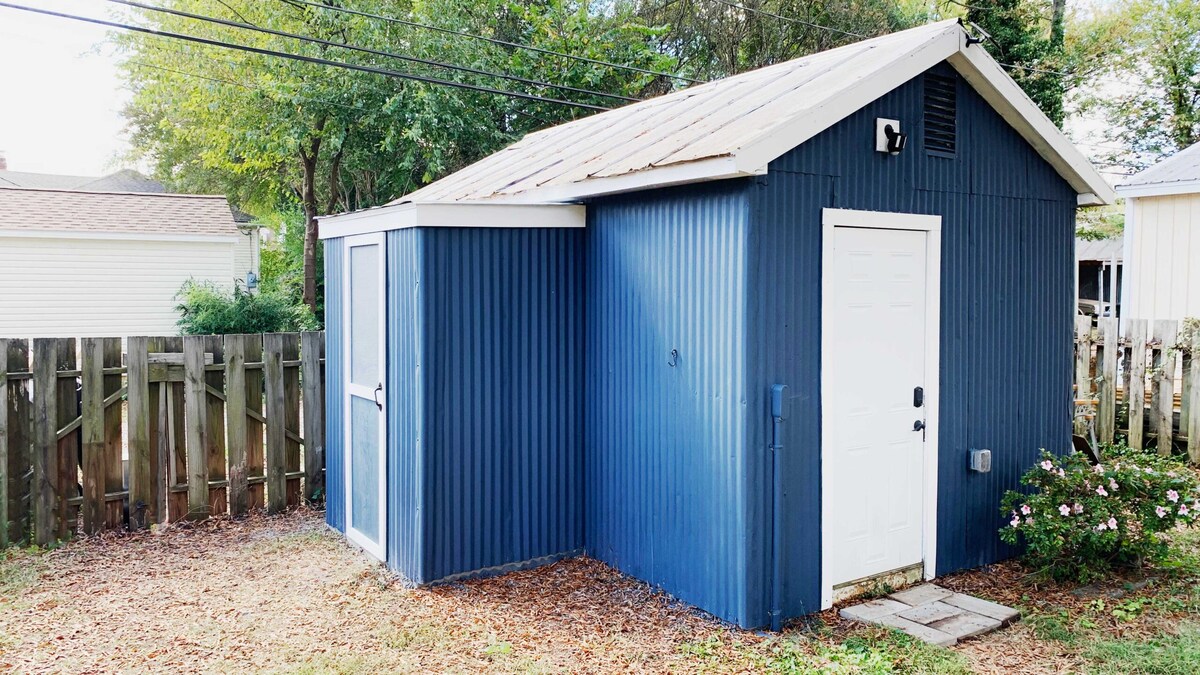
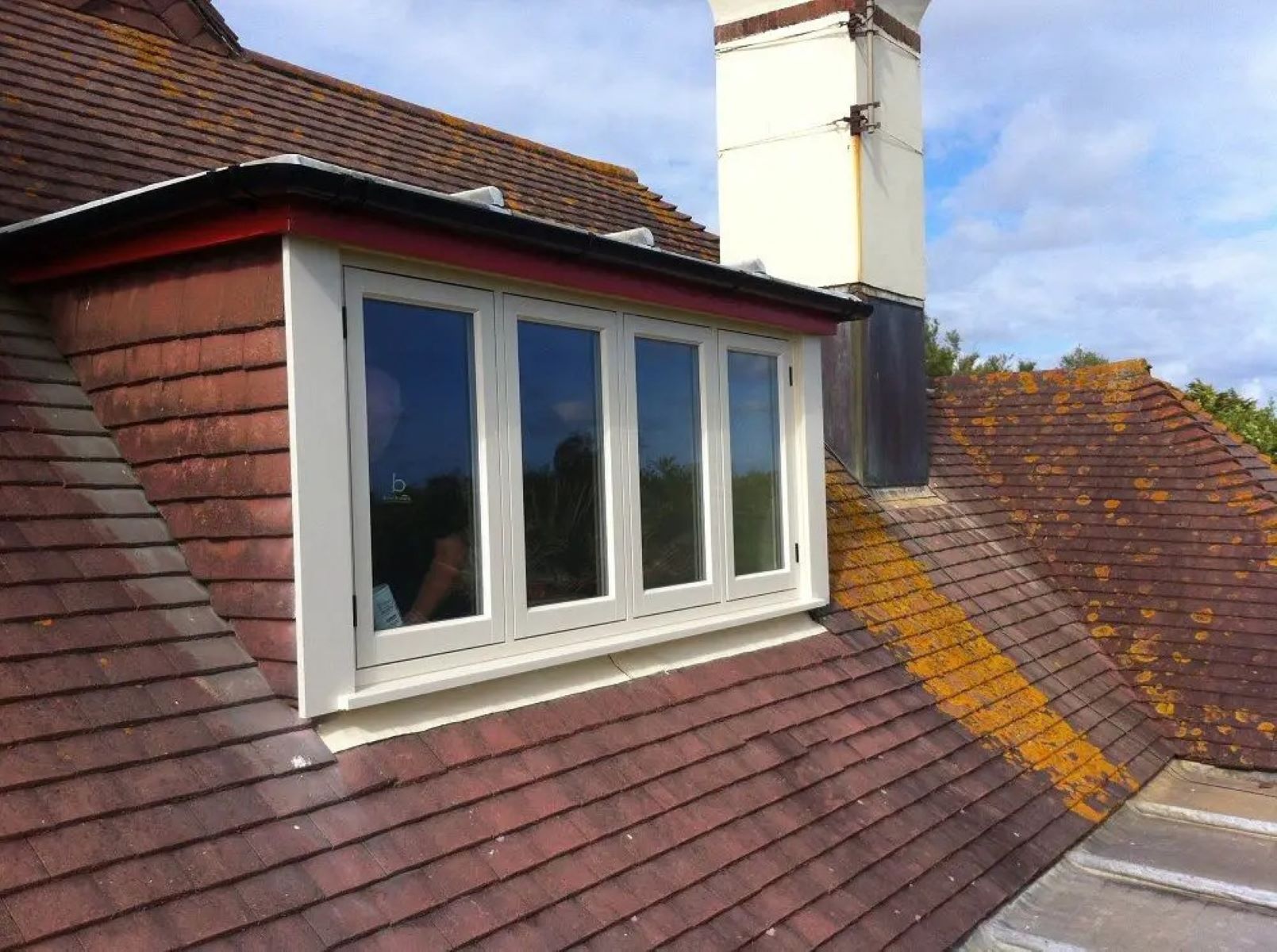
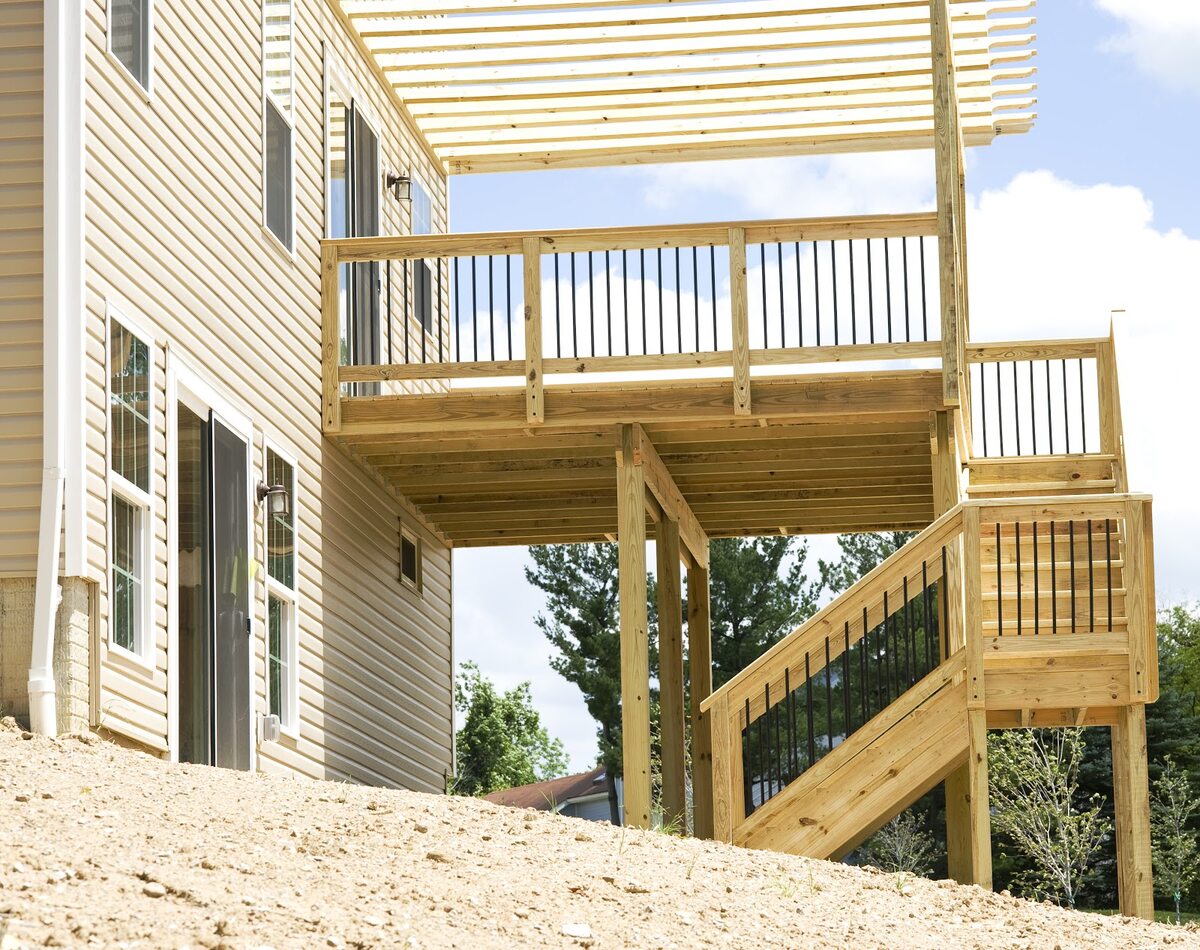
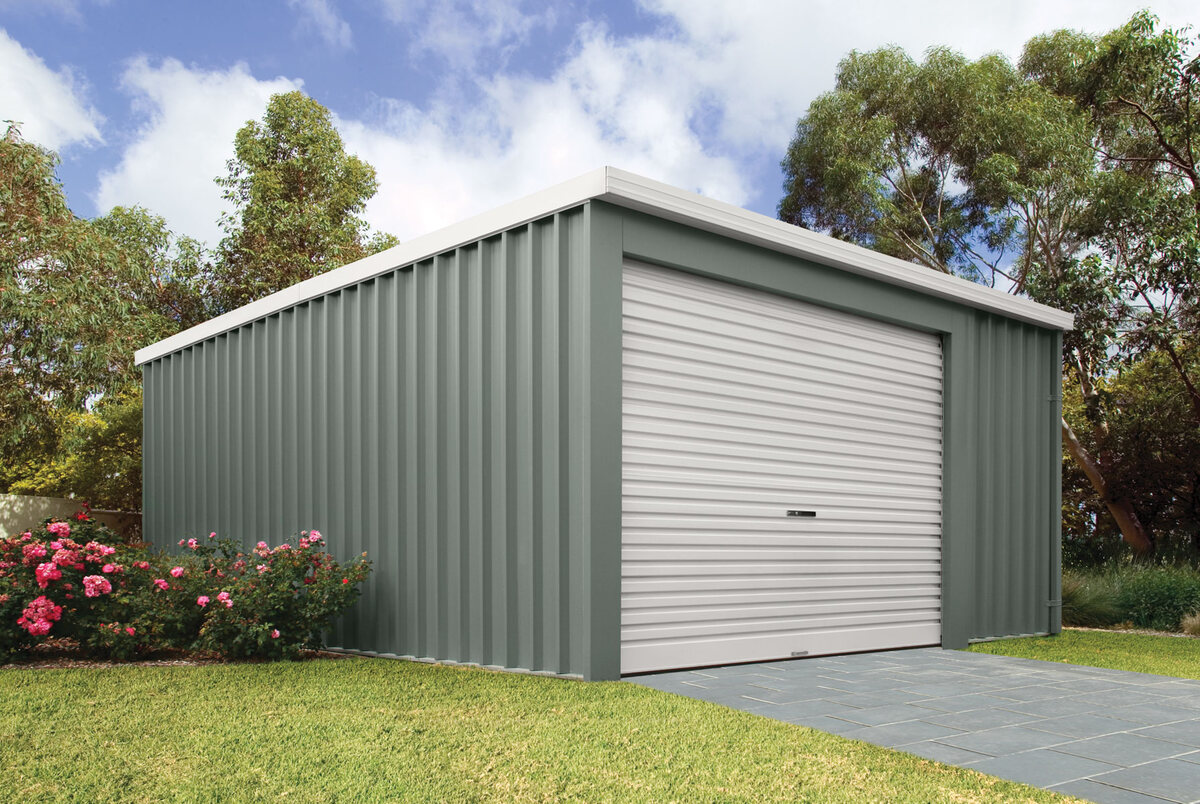
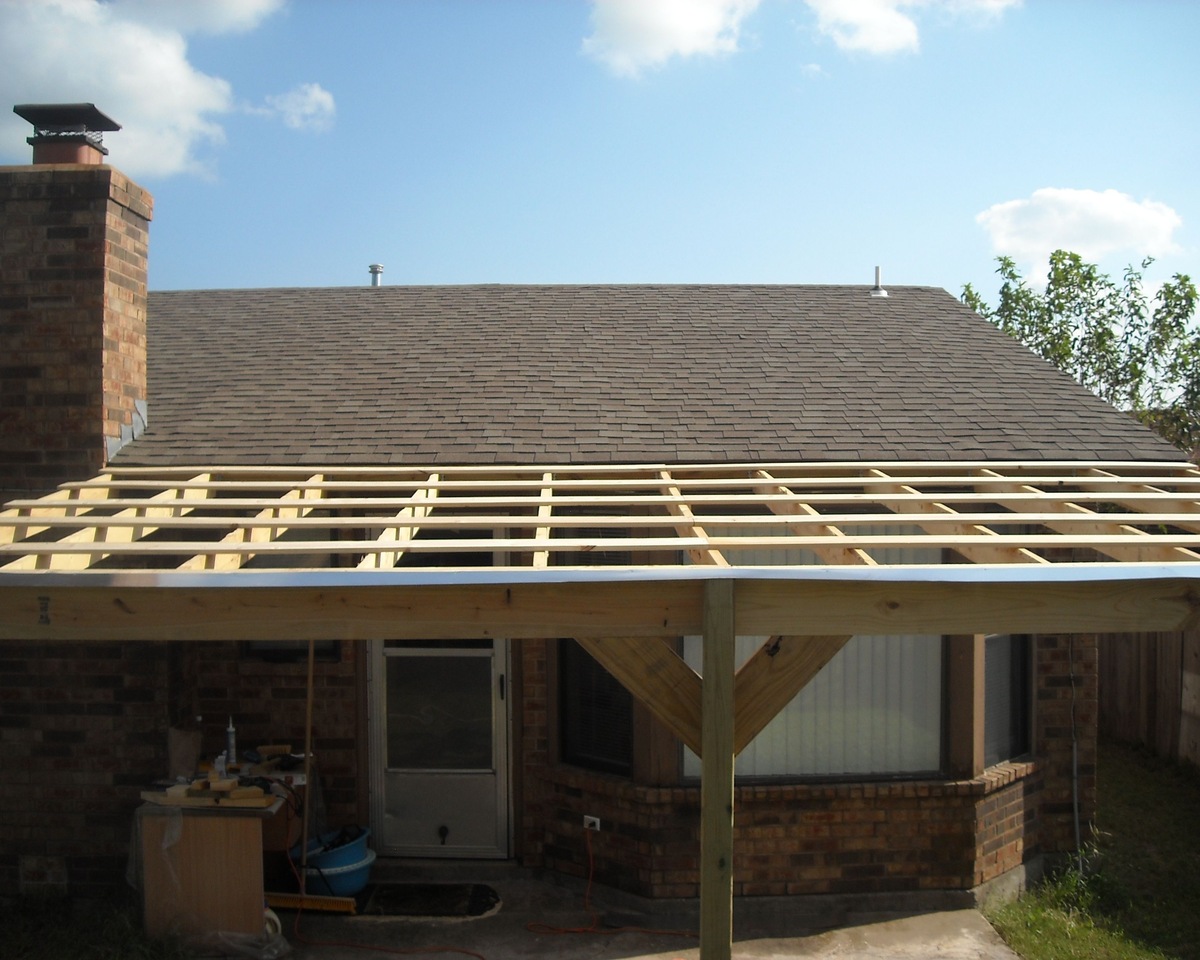
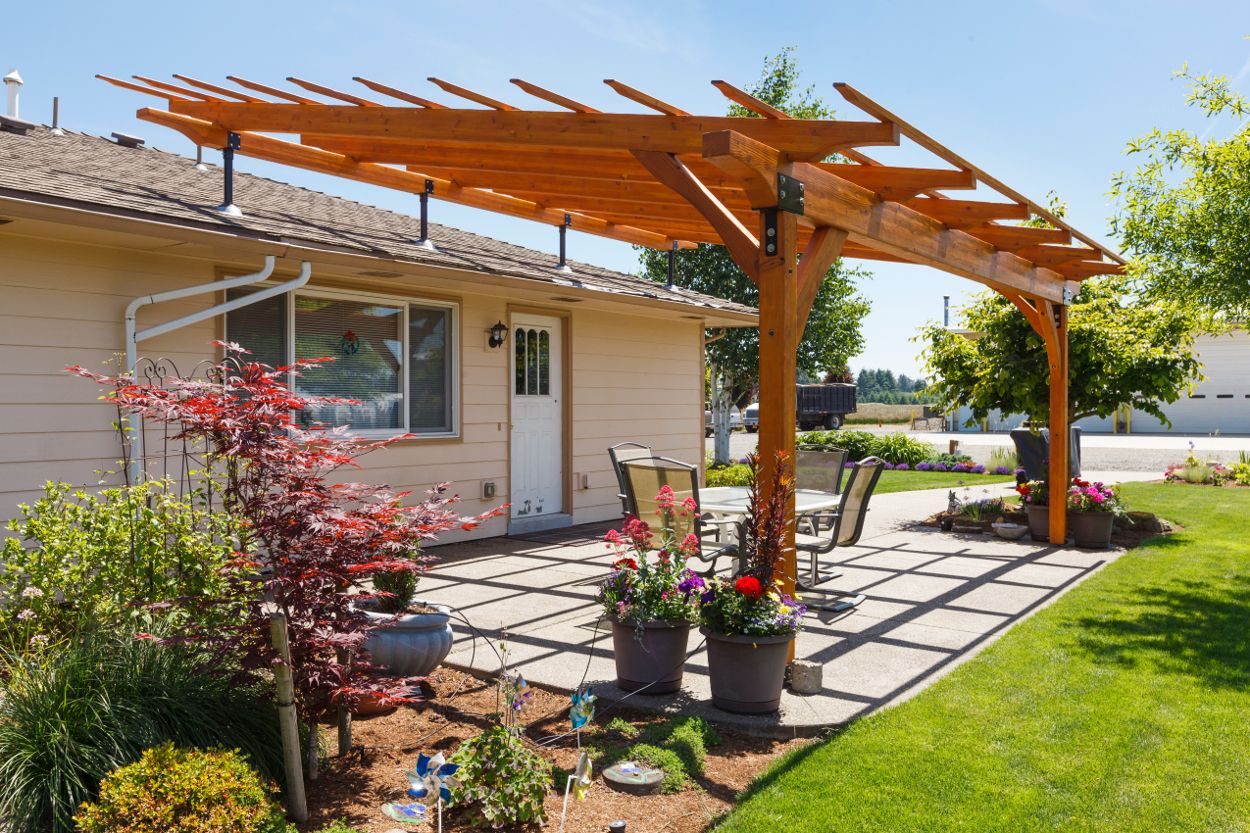
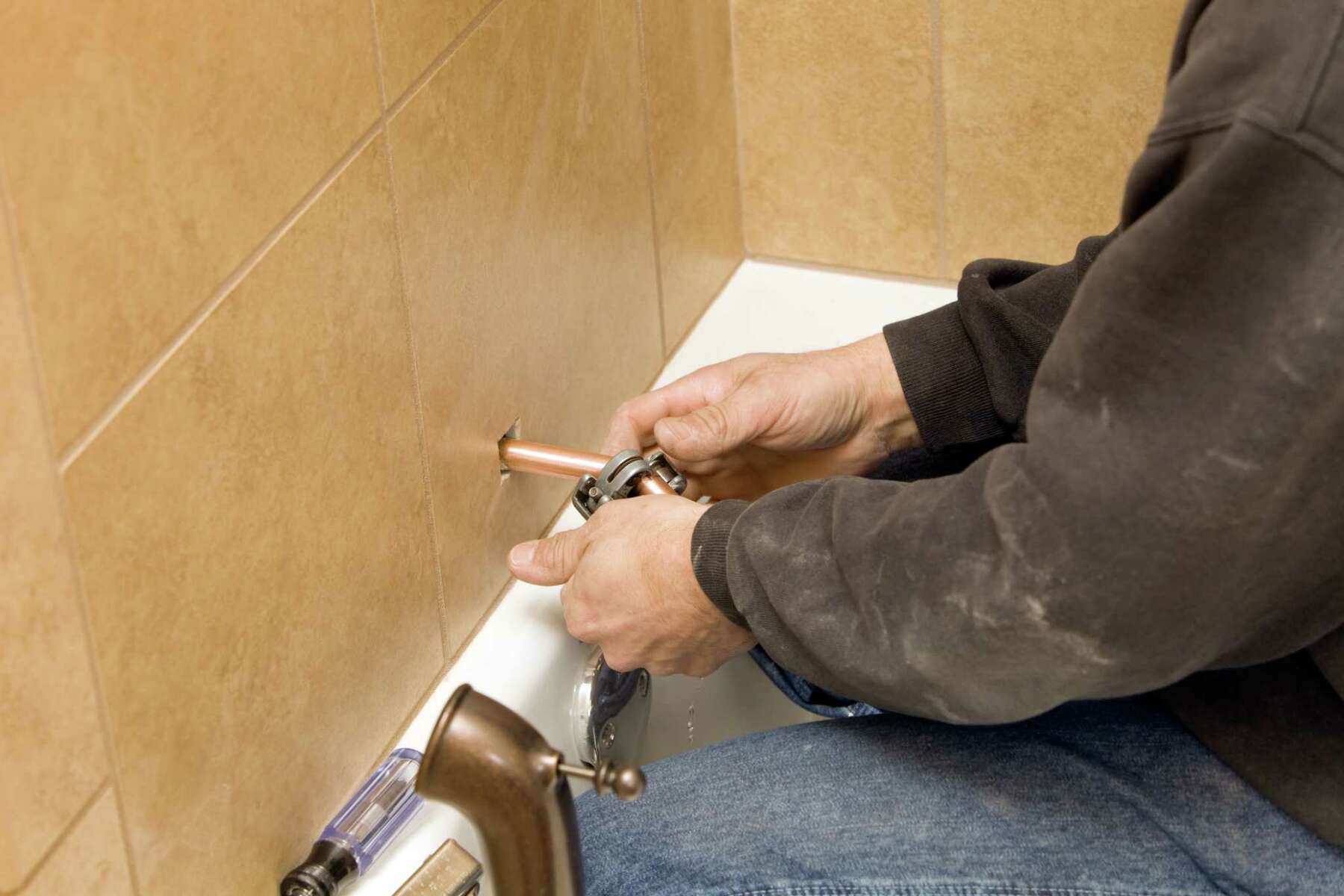
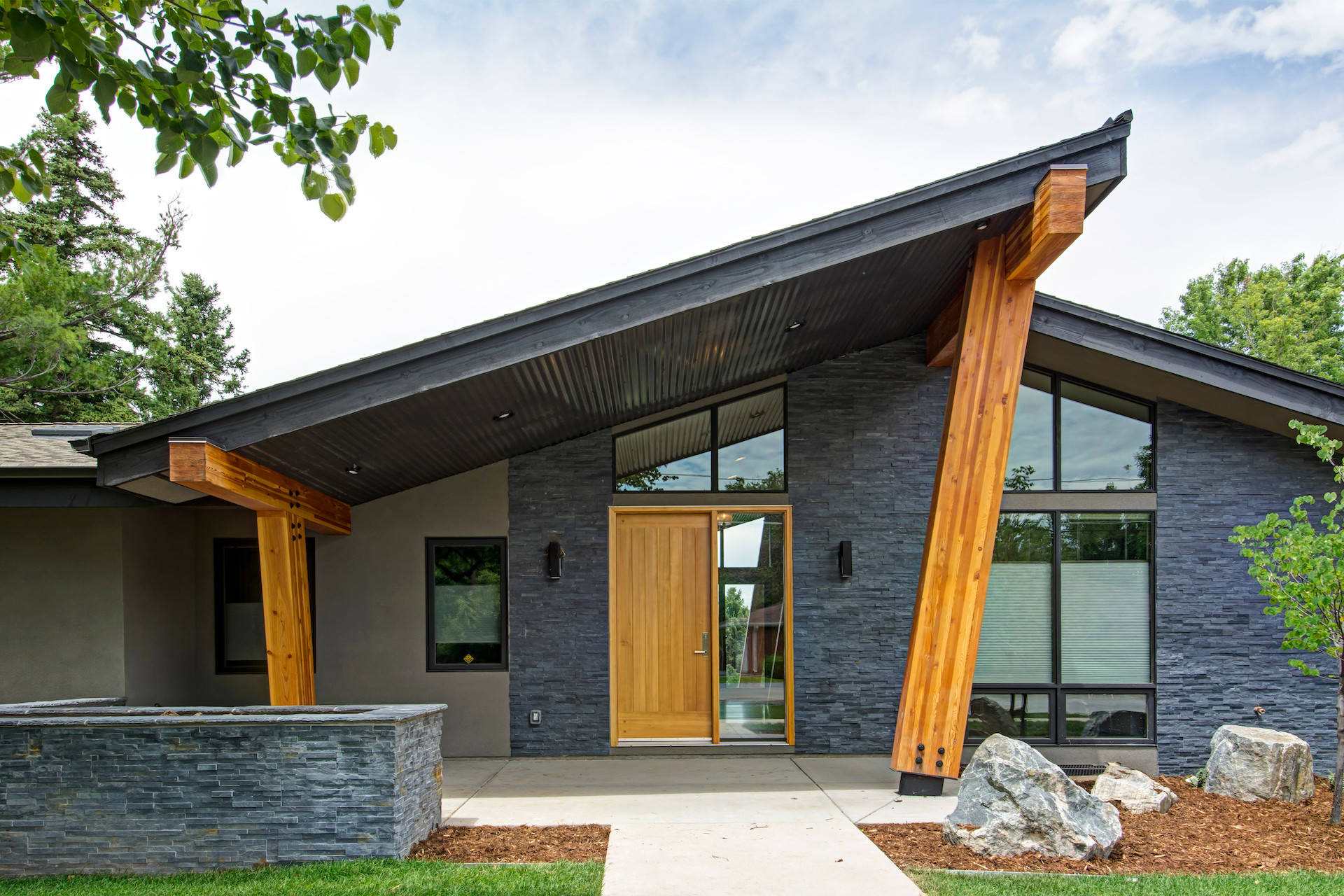
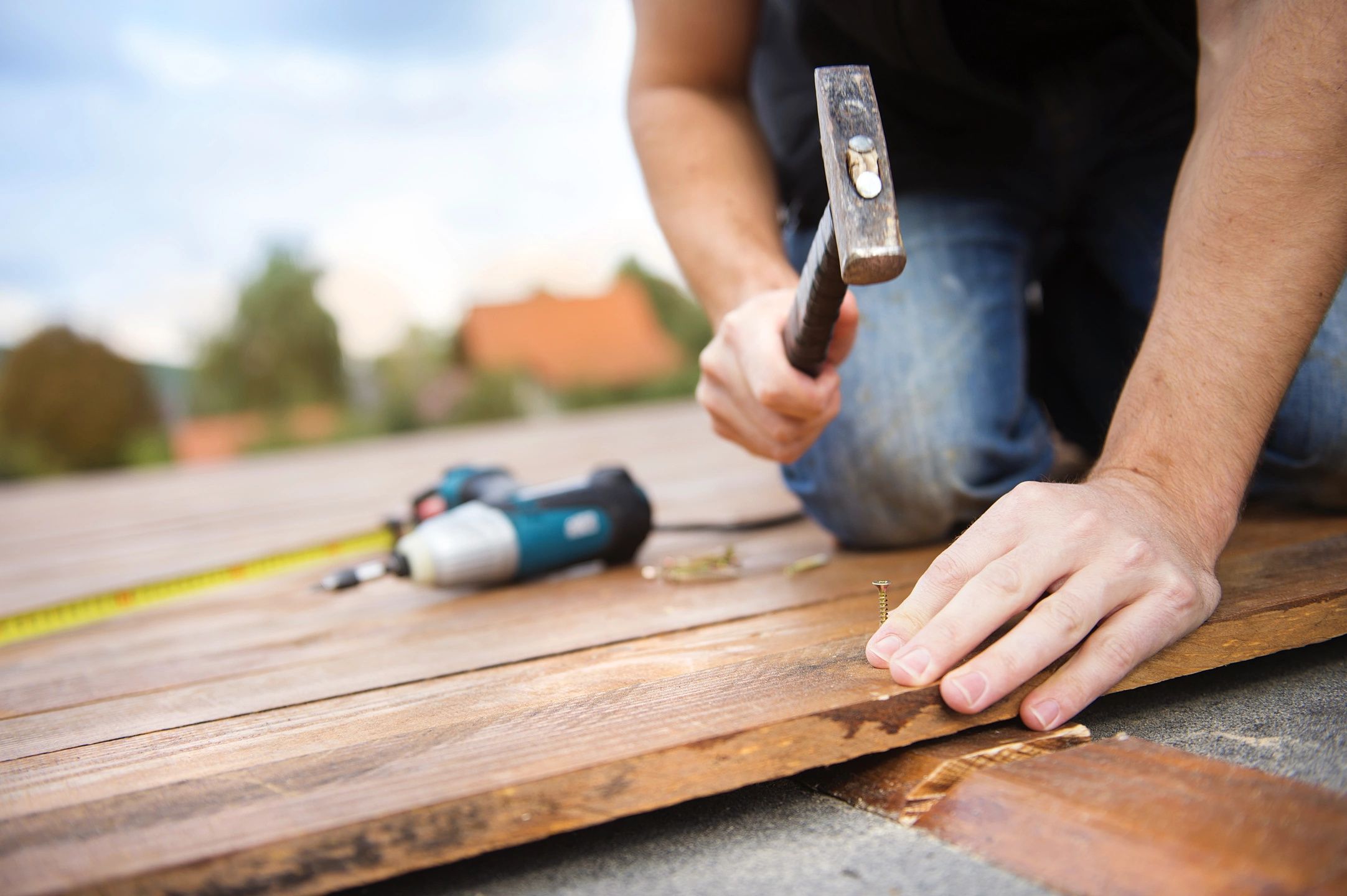
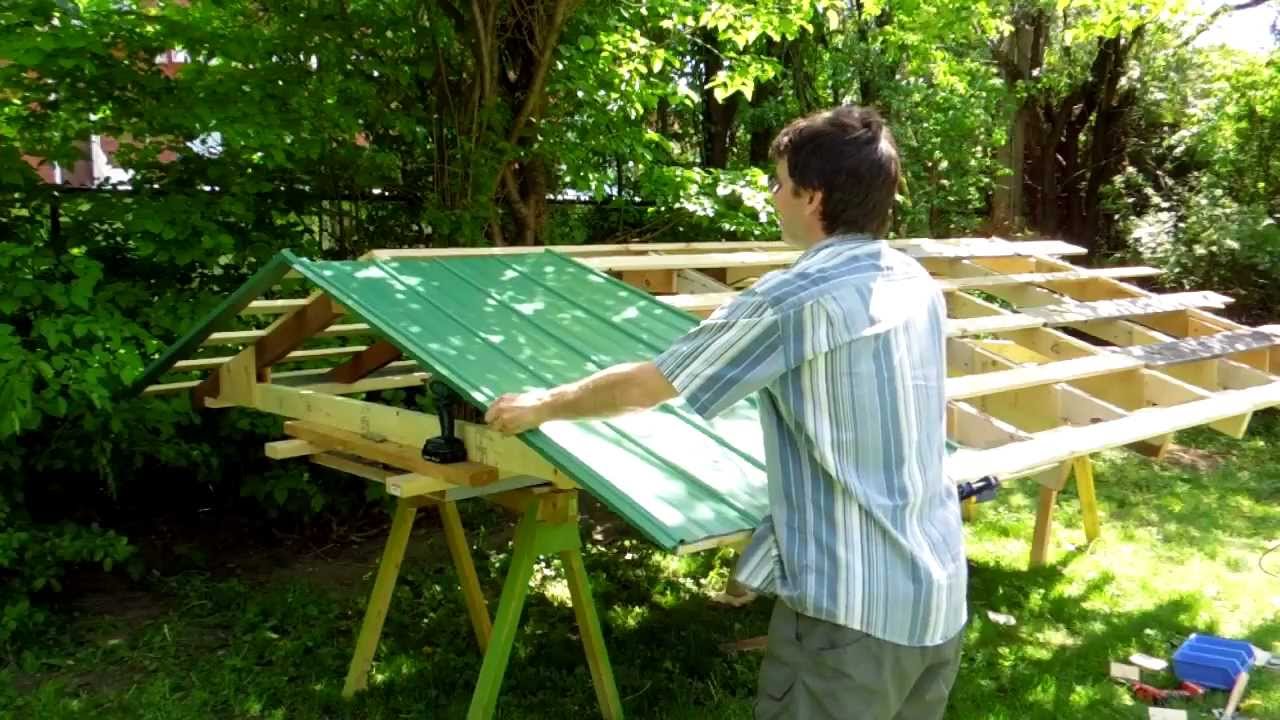
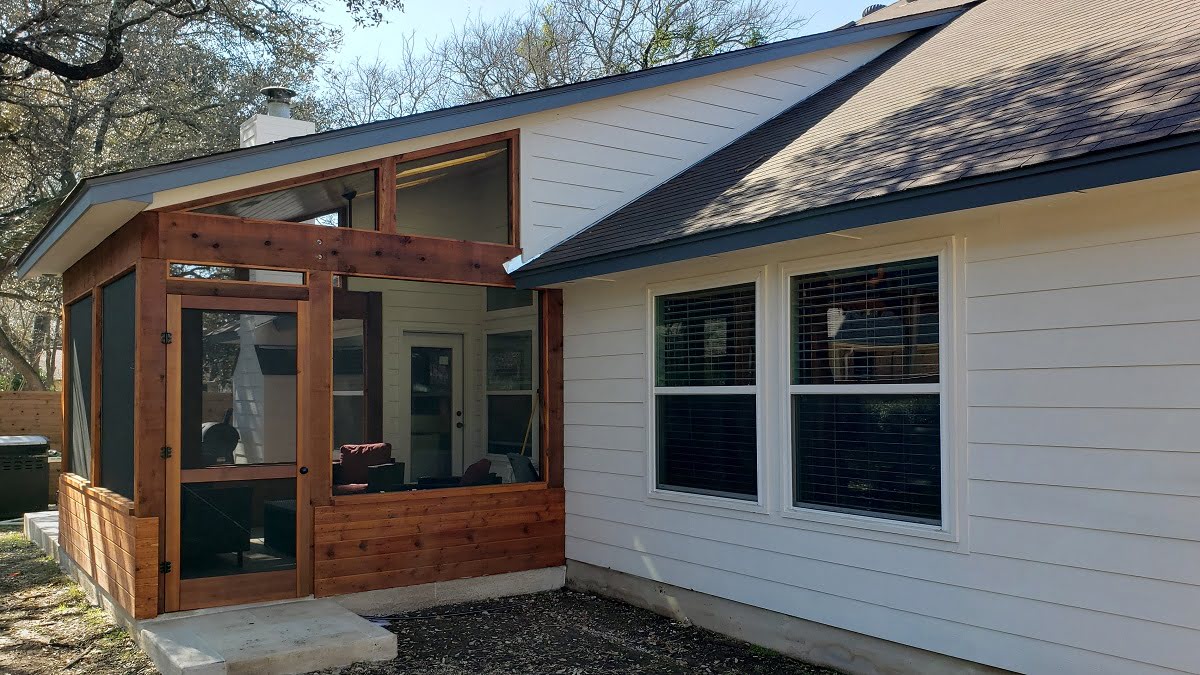
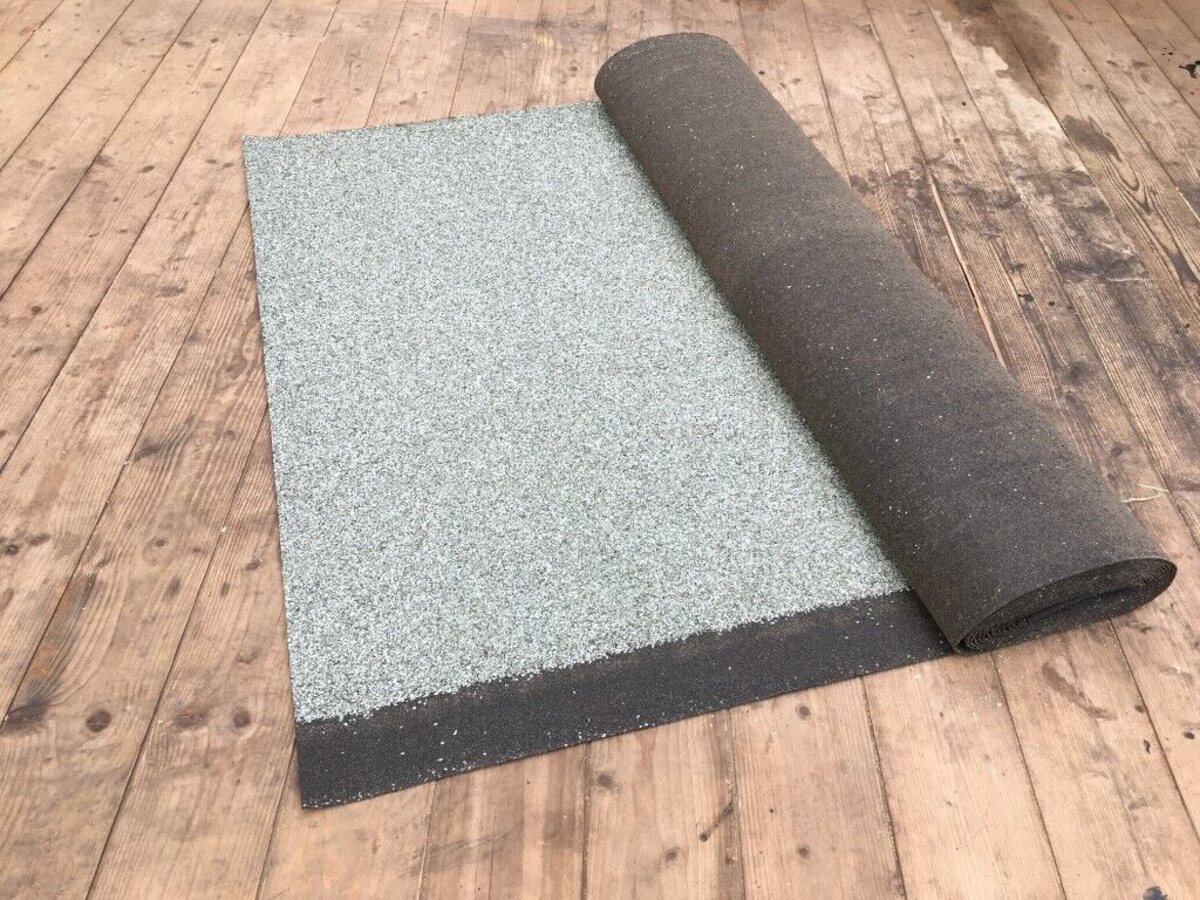
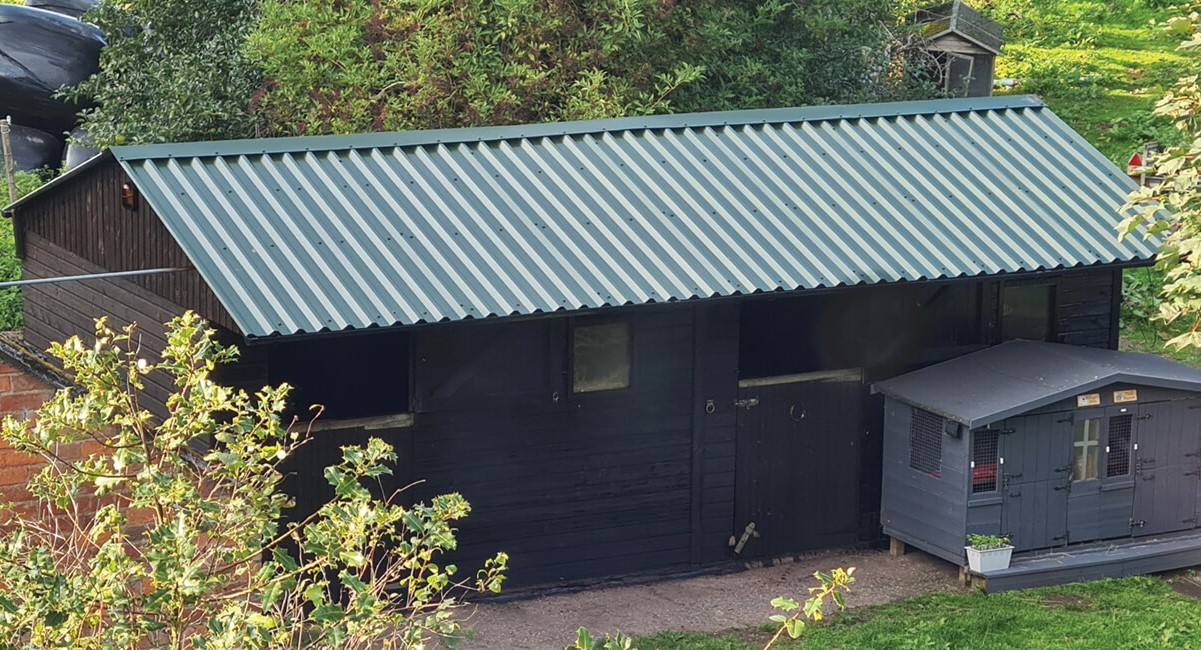


0 thoughts on “How To Attach Shed Roof To Existing Roof”